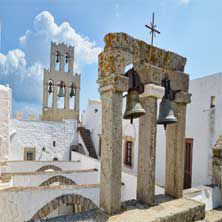Travel Magazine | Insider’s Tips | Travel Guides
…Your first and last stop for travelling in Greece…
Mysterious Greece©, the insider’s travel guide for Greece, is a digital publishing platform offering an infinite guide for everything that the sophisticated travellers need to know about Greece. Our travel content showcases exclusive destinations, boutique hotels, intriguing businesses, adventurous activities, interesting interviews – everything that has to do with the authenticity that Greece offers.
Discover Greece from an insider’s point of view!



























 kasperskylab_antibanner="on">
kasperskylab_antibanner="on"> kasperskylab_antibanner="on">
kasperskylab_antibanner="on"> kasperskylab_antibanner="on">
kasperskylab_antibanner="on"> kasperskylab_antibanner="on">
kasperskylab_antibanner="on"> kasperskylab_antibanner="on">
kasperskylab_antibanner="on"> kasperskylab_antibanner="on">
kasperskylab_antibanner="on"> kasperskylab_antibanner="on">
kasperskylab_antibanner="on"> kasperskylab_antibanner="on">
kasperskylab_antibanner="on">














































